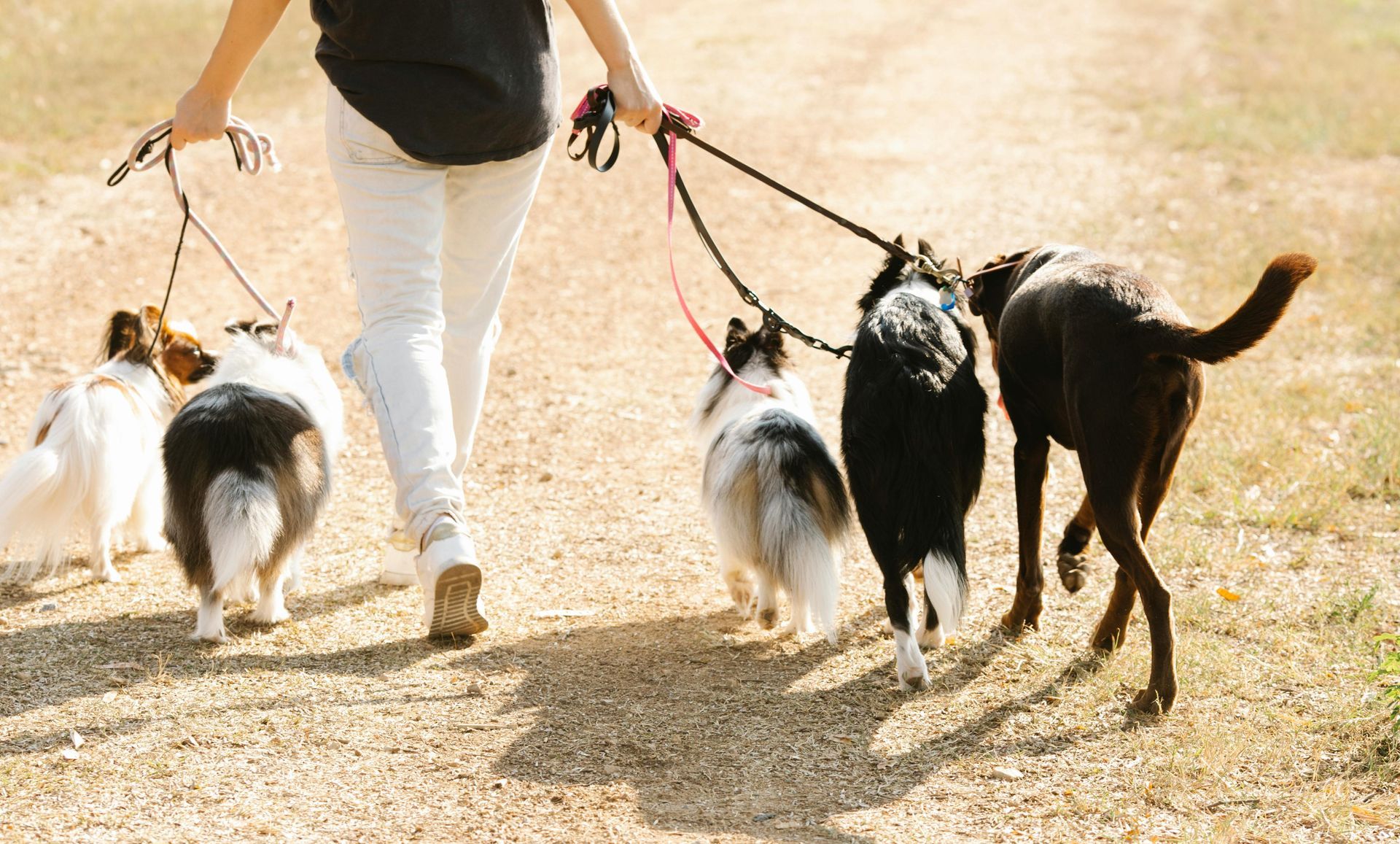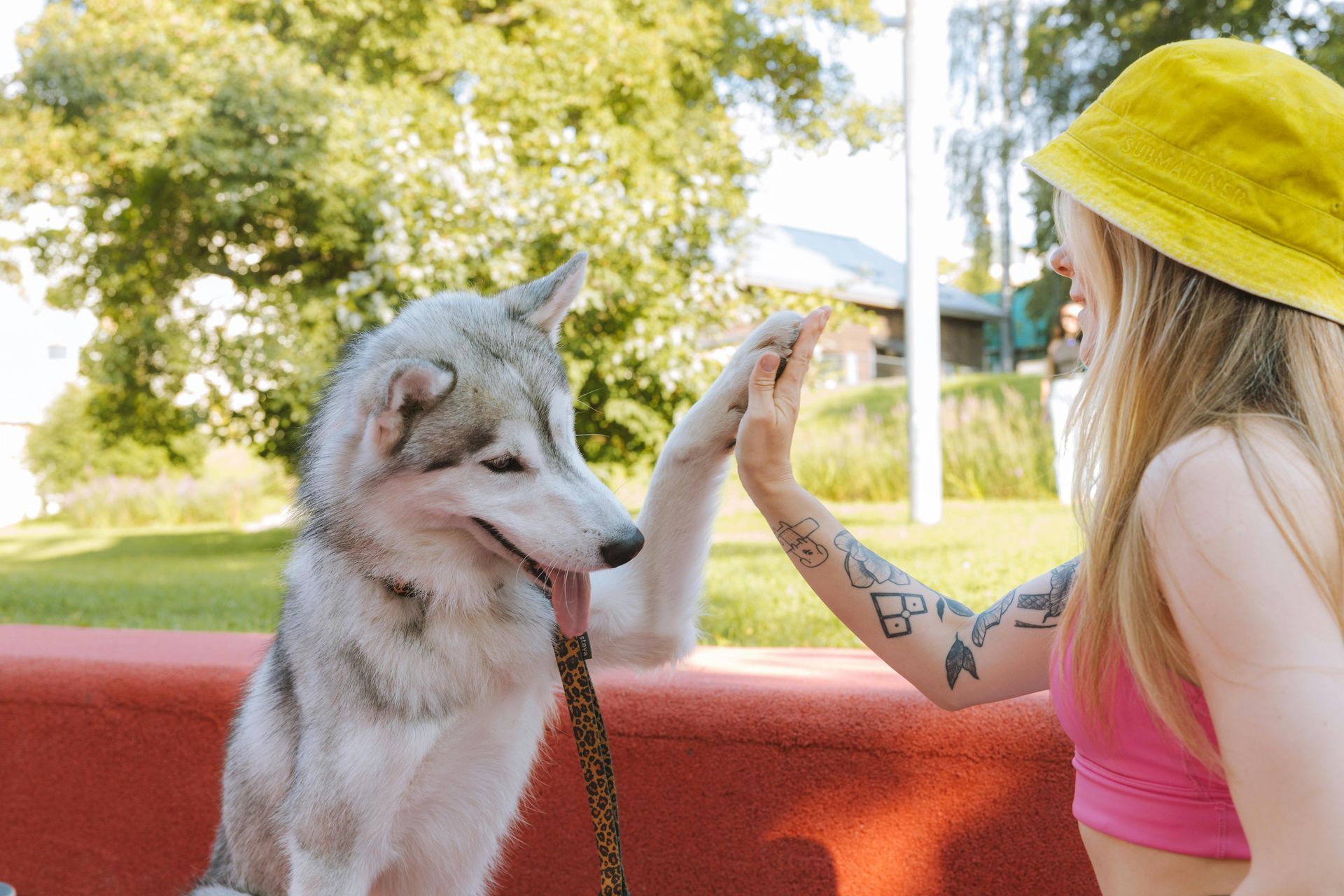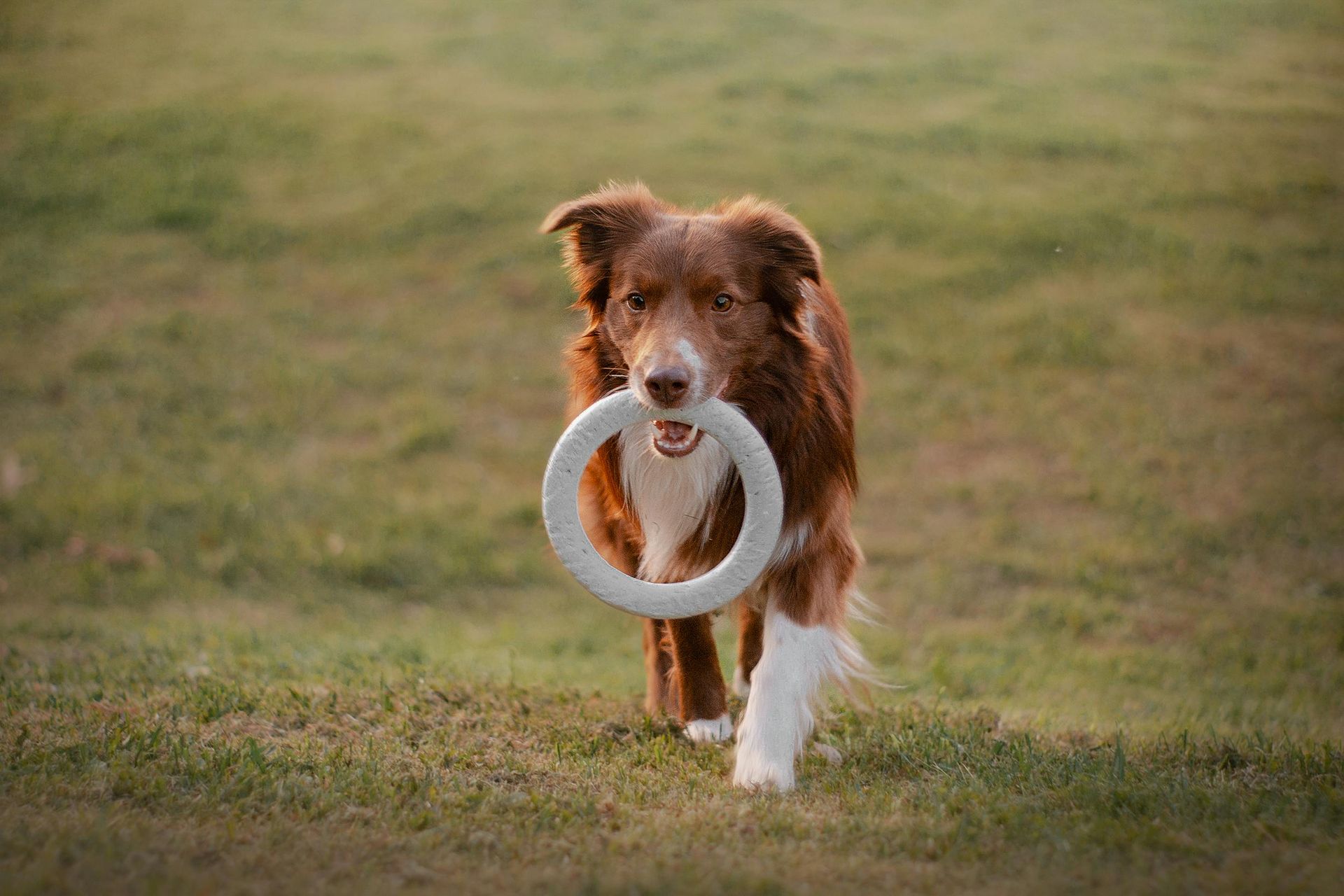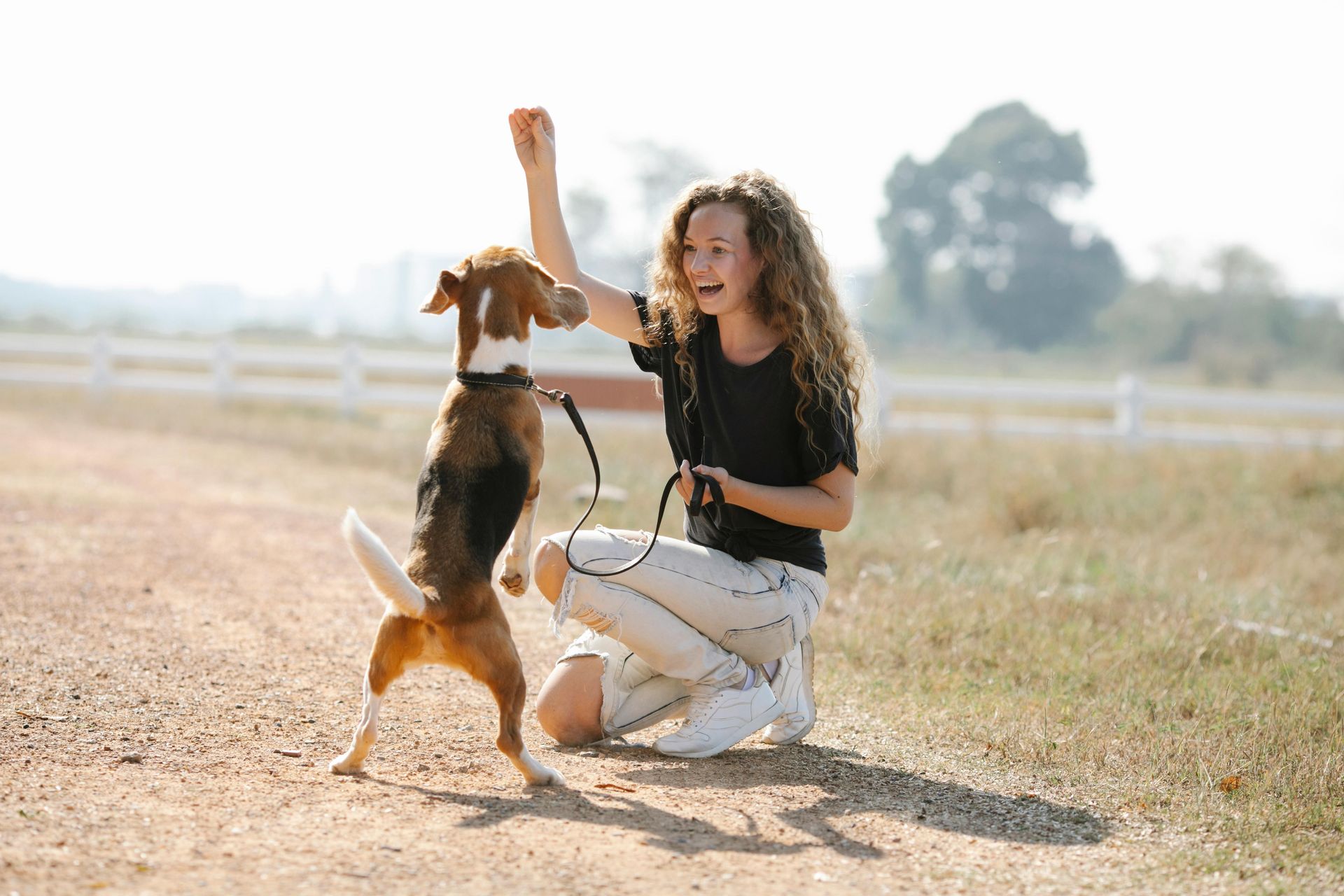How Does Clicker Training Work for Dogs?
Training your dog effectively involves understanding both their needs and the most efficient methods to communicate your commands. Clicker training, a popular positive reinforcement technique, can be an excellent way to teach obedience and good behavior. Here's how you can implement clicker training with your dog to ensure success.
What is Clicker Training?
Clicker training is a type of operant conditioning that uses a sound—a click—to mark when a dog does something correctly. The clicker is a small, hand-held device that makes a distinct sound. This sound helps your dog understand exactly which action earned them a reward. This clarity allows for faster and more precise training.
Why Clicker Training Works
- Clear Communication: The clicker reduces ambiguity, letting your dog know exactly when they've done something right.
- Immediate Feedback: It allows you to mark the desired behavior at the exact moment it occurs, enhancing learning.
- Consistency: The click sound is always the same, making it a consistent marker that's free from the emotional fluctuations of a human voice.
Getting Started with Clicker Training
- Charging the Clicker: Begin by making the clicker a positive thing for your dog. Click and immediately offer a treat. Repeat this multiple times until your dog perks up at the sound of the click, anticipating a treat.
- Basic Commands: Start with simple commands like "sit." Wait for your dog to sit naturally, then click and treat. Gradually, introduce the command word "sit" before the action.
- Progressing With Training: Once your dog understands basic commands with the clicker, you can use it to teach more complex behaviors and even correct unwanted behaviors. For instance, clicking for all four paws on the floor can discourage jumping on guests.
Tips for Effective Clicker Training
- Consistency is Key: Always have the clicker and treats handy when training to maintain consistency.
- Timing is Everything: The click needs to occur as the desired action is happening, so timing your click is crucial.
- Keep Sessions Short and Positive: Dogs learn best in short, upbeat sessions that end on a positive note.
Where to Find Clickers
Clickers are available at most pet stores and online retailers. They're inexpensive and come in a variety of colors, styles, and price ranges. They are the perfect size for keeping out of sight during training, and they can easily fit in your pocket or purse.
Advancing Beyond the Clicker
While the clicker is a great tool for initial training and teaching new behaviors, you don't need to rely on it forever. Once a behavior is well-established, you can phase out the clicker and treat and maintain the behavior with occasional rewards and verbal praise.
Clicker training offers a fun, challenge-free way to enhance communication with your dog, making training a more enjoyable and successful experience for both of you. Remember, patience and persistence are crucial—every dog learns at their own pace.








